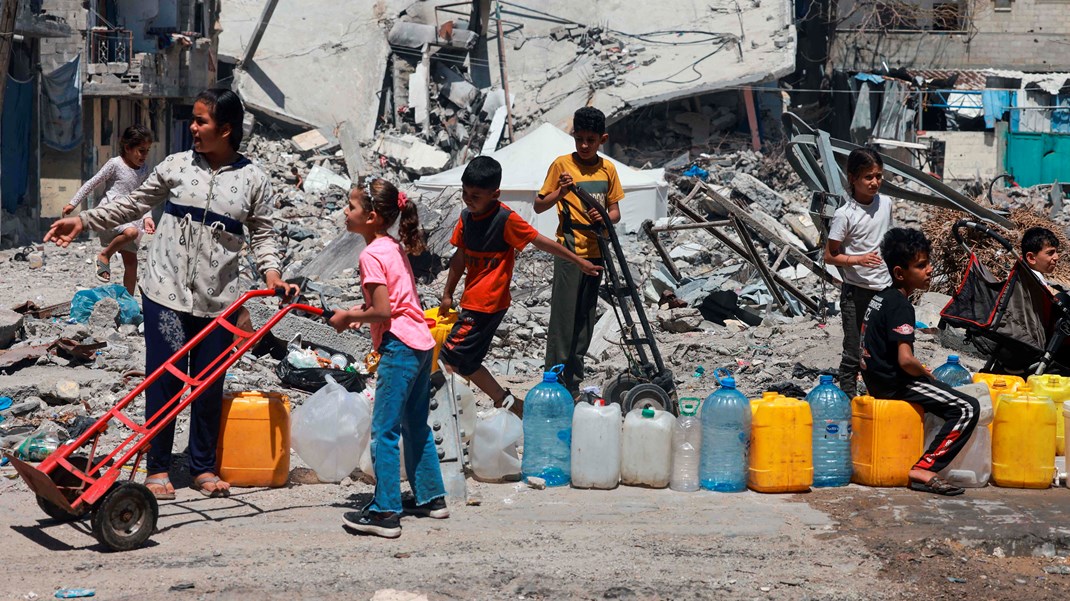Aid intervention critical if Yemen is to avoid entering Catastrophe phase
Humanitarian intervention remains critical to mitigating more extreme levels of food insecurity in 2018
KEY MESSAGES
• Large populations in Yemen continue to face Crisis (IPC Phase 3) or Emergency (IPC Phase 4) acute food insecurity. As worst-affected households begin to exhaust their coping capacity, populations may begin to move into Catastrophe (IPC Phase 5) even in the absence of additional disruptions. In a worst-case scenario, significant declines in commercial imports below requirement levels and conflict that cuts populations off from trade and humanitarian assistance for an extended period could drive food security outcomes in line with Famine (IPC Phase 5).
• Large-scale humanitarian assistance continues to play an important role in reducing the severity of acute food insecurity outcomes in Yemen. In 2017, the humanitarian community reached on average nearly six million beneficiaries, and that number is increasing in 2018. Current funding for emergency food assistance in Yemen is expected to be sufficient to provide assistance at current levels only through May 2018.
• Yemen’s main seaports (Al Hudaydah, Salif, Aden, Al Mukalla) remain open and inflows of commercial and humanitarian imports have continued into March. However, import levels are broadly below pre-blockade levels and less than monthly food and fuel import requirements.
National Overview
Current Situation
Displacement
More than two million Yemenis remain internally displaced due to conflict, with nearly 90 percent displaced for more than one year. According to UNHCR, as of 9 February, about 85,000 people had been displaced since December 2017 due to the ongoing conflict, mostly in Yemen’s west coast and in particular from the districts of Al Khawkhah, Al Garrahi and Hays in southern Hudaydah, and Mokha and Mawza in Ta’izz. More than 21,000 of those fleeing violence from the west coast have fled to Abyan, more than 12,300 and 13,600 have been newly displaced within Al Hudaydah and Ta’izz governorates, respectively, and others have fled to Lahj, Al Mahrah, Aden, Ibb, Dhamar, Hadramaut, and Shabwah.
Macroeconomic conditions
The macroeconomic situation in Yemen continues to deteriorate. According the Ministry of Planning and International Cooperation (MOPIC), Yemen’s gross domestic product (GDP) decreased by about 10.9 percent in 2017 as a result of the ongoing war, displacement, emigration from Yemen, and loss of confidence in the future of the national economy. The decline in exports, as well as oil and gas production, are some of the major factors responsible for the economic downturn. The severe liquidity crisis in the banking system is also a contributing factor.
The public budget crisis has resulted in unpaid salaries for most public employees and retirees and the disruption of public service programs.
The Yemeni Riyal initially gained in strength after Saudi Arabia announced the deposit of $2 billion USD in the Central Bank of Yemen, strengthening from 505 YER/USD to 425 YER/USD.
However, it has since resumed depreciation and was again worth 480 YER/USD by the fourth week of February according to exchange rate data collected in Sana’a City. Following the deposit, the Central Bank of Yemen in Aden disseminated a circular setting the exchange rate to 379 YER/USD and requesting exchange bureaus commit to that rate. Nonetheless, the value of the Yemeni Rial has continued to decline and is now worth about 40 percent of its value compared to this time last year.


